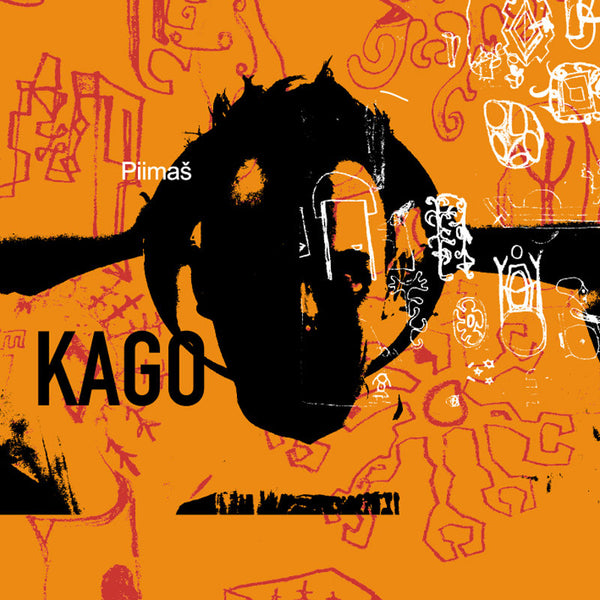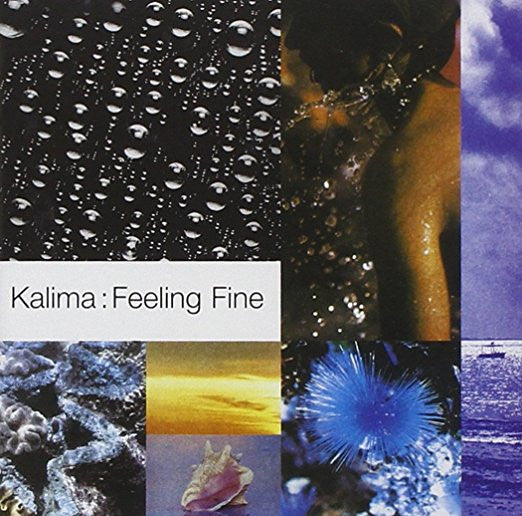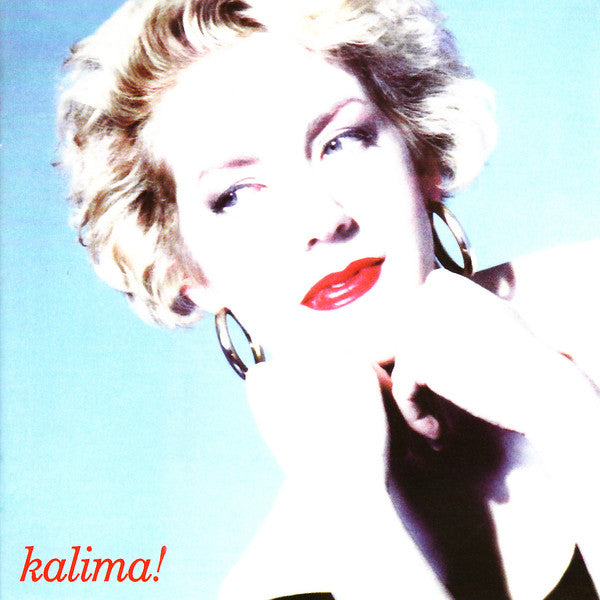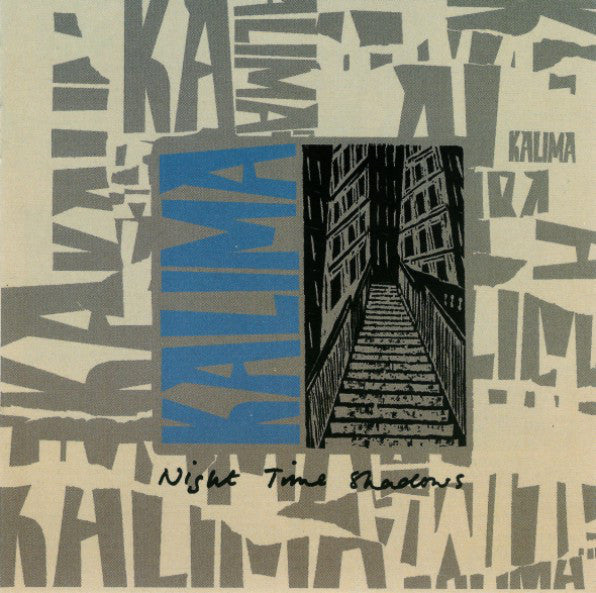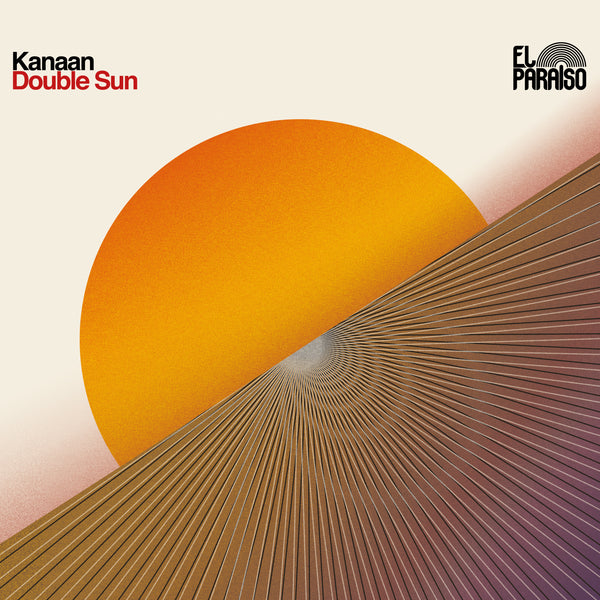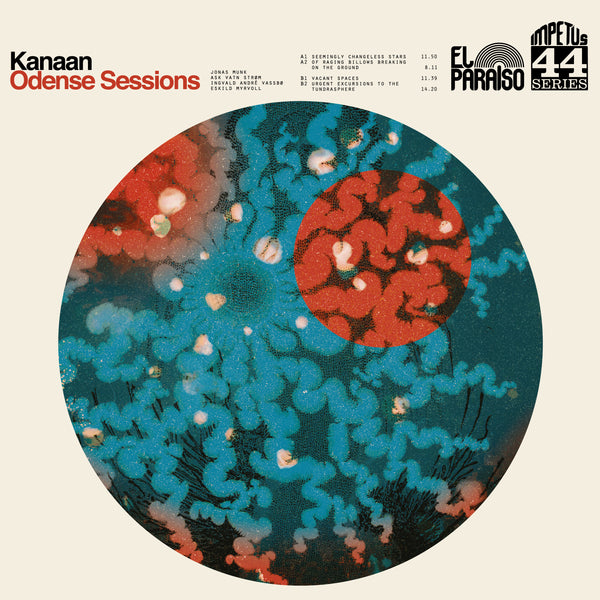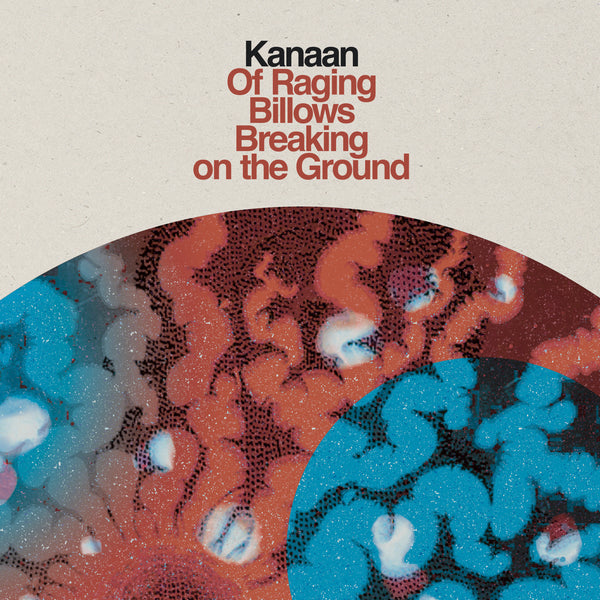☰ Menu
- Account
- Log in
- Cart (0)
- Home
- Labels
∨
>
- 9x9 Records
- Acuarela
- American Patchwork
- Attacknine
- Audio Dregs Recordings
- Baby Lemonade Music
- Aural Assault Records
- Before and After Silence
- Blackbean & Placenta Tape Club
- Bons Mots Records
- Boutique
- Burrito Thirty
- Carpe Sonum
- CD41
- Chapple Design
- Clairecords
- Darla
- Deep Space Recordings
- Desert Sky Music
- El Paraiso
- Elefant
- Facade Electronics
- Factory Benelux
- Frenzi Records
- Fuzzy Box
- Heliocentric
- Jam-On Recordings
- Kingfisher Bluez
- Kitchen
- Le Grand Magistery
- Les Disques du Crepuscule
- Lost Tribe Sound
- LTM
- Magic Marker
- March/Darla
- Matinee
- Noyes Records
- Orange Twin
- Pitch-A-Tent
- Radio Khartoum
- Red Curtain
- Rhythm of Life
- Rocket Girl
- Saint Marie
- Salon
- Sanity Muffin
- Seksound
- Serein
- Silber
- Sleepy Strange Media
- Soleil Après Minuit
- Static Discos
- Takotsubo
- Tench
- Test Pattern
- Vogor Recordings
- Words On Music
- New ∨ >
- A-Z ∨ >
- Formats ∨ >
- Merch ∨ >


